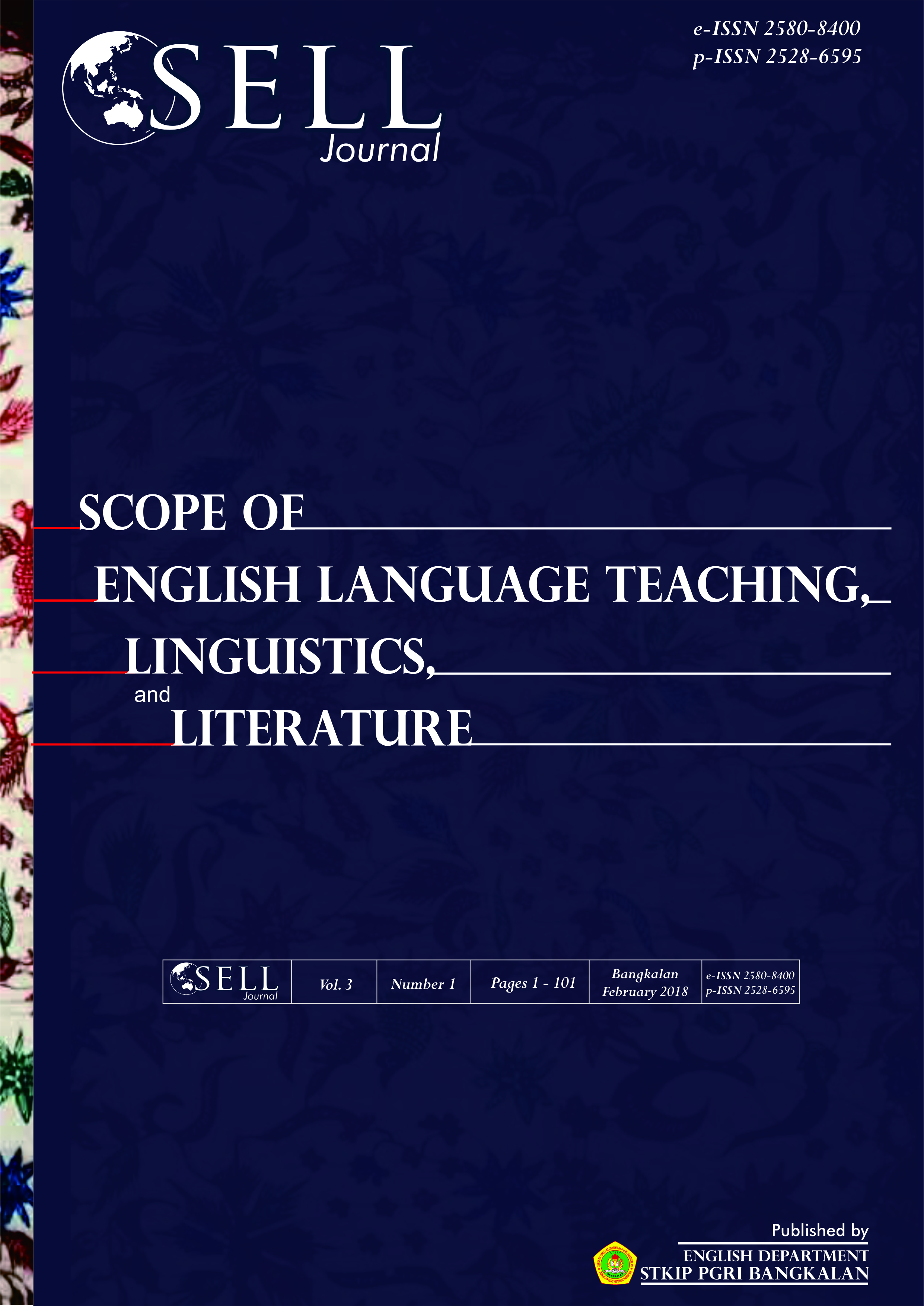Cross Cultural Communication: How Traveling Influences People’s Perspective in Seeing the World
DOI:
https://doi.org/10.31597/sl.v3i1.536Keywords:
communication, cross cultural communication, advertisements, online traveling applications, travelingAbstract
Nowadays, traveling has been transformed drastically into a-must-do activity to ensure that they can keep update on what’s trending now. Today there are a whole bunch of advertisements which attract people to go traveling the world. And this phenomenon is strengthen with the abundance amount of online traveling applications like Traveloka, PegiPegi, Tiket.com, Agoda, Airy, AirBnb, and many more lists which make traveling become much more practice and pretty easier. Based on those facts, this research aims to explore more about how big the influence of the advertisements and online traveling applications will affect people to go traveling as well as to examine about about the ways traveling influences people’s perspective in seeing the world. This research used ethnomethodology as the research design since it discusses much about the traveling phenomenon in relation with people’s perspective and response in seeing the world outside. The data were gathered through online questionnaire in the Facebook group of ‘Backpacker Dunia’ which consist of twenty submitted questionnaires. Personal data analysis (through questionnaire and interviews) was performed to test whether the influence of advertisements and online traveling applications will affect people to go traveling and whether traveling influences people’s perspective in seeing the world or not. The data analysis were conducted by using qualitative descriptive method. The results revealed that in the end they realized that traveling is always the best way to learn about everything, including about the culture and the ways people seeing the world. In short, there will always be the symbol (relationship between words), the referent (something or the thing it describes), and the meaning (the thought which is related to the word and the thing).
References
Bretherton, I in John Bowlby and Mary Ainsworth. 2004. The Origins of Attachment Theory, Developmental Psychology.
Cha, Sukbin et al. Travel Motivations of Japanese Overseas Travelers: A Factor-Cluster Segmentation. Journal of Travel Research. July 1st, 1995. https://www.journals.sagepub.com/doi/full/10.1177/004728759503400104?icid=int.sj-related-articles.similar-articles.2.
Danesi, Marcel. 2009. Dictionary of Media and Communications. M.E. Sharpe, Armonk: New York.
Ferguson, Sherry Devereaux& Lennox Terrion. 2014. Communication in Everyday Life: Personal and Professional Contexts. Canada: Oxford University Press.
Guttenty, Daniel et al. Tourists Choose Airbnb: A Motivation-Based Segmentation Study. Journal of Travel Research. April 27th, 2017. https://www.journals.sagepub.com/doi/full/10.1177/0047287517696980.
Lenhart, A., Duggan, M. 2014. Couples, The Internet, and Social Media. Pearson: French’s Forest, NSW p. 315-317.
Mansson, Daniel and Stephen Croucher. American and Finnish College Students’ Traits and Interactions with Their Instructors. Journal of Intercultural Communication: Department of Communication, University Dr. Hazleton. ISSN. 1404-1634, issue 45, November 2017. URL: http://immi.se/intercultural.
Trenholm, Sarah & Jensen, Arthur. 2013. Interpersonal Communication Seventh Edition. New York: Oxford University Press. pp. 360-361.
Sobre-Denton, Miriam. Multicultural Third Culture Building: A Case Study of a Multicultural Social Support Group. Journal of Intercultural Communication: Department of Communication Studies, Texas State University. ISSN. 1404-1634, issue 45, November 2017. URL: http://immi.se/intercultural.
Ulysal, M and L. Hagan. 1993. Motivation of Pleasure Travel & Tourism. Encyclopedia of Hospitality and Tourism, edited by M. Khan, M. Olsen, T. Var. New York: Van Nostrand Reinhold, pp. 798-810.
Walsh, Michael. 2007. Cross Cultural Communication Problems in Aboriginal Australia. Australian National University, North Australia Research Unit, pp. 7-9.
Wang, Wei et al. Tourist Innovation in Air Travel. Journal of Travel Research. January 12nd, 2017. https://www.journals.sagepub.com/doi/full/10.1177/0047287516686724.
https://www.facebook.com/backpackerdunia (updated Januari 31st, 2018)
Downloads
Published
How to Cite
Issue
Section
License
1. Copyright of this journal is possession of Editorial Board and Journal Manager, by the knowledge of author, whilst the moral right of the publication belongs to the author.
2. Legal formal aspect of journal publication accessibility refers to Creative Commons Atribution-ShareAlike (CC BY-SA), implies that this license lets others remix, adapt, and build upon your work even for commercial purposes, as long as they credit you and license their new creations under the identical terms. This license is often compared to “copyleft” free and open source software licenses.
3. Every publications (printed/electronic) are open access for educational purposes, research, and library. Other that the aims mentioned above, editorial board is not responsible for copyright violation















